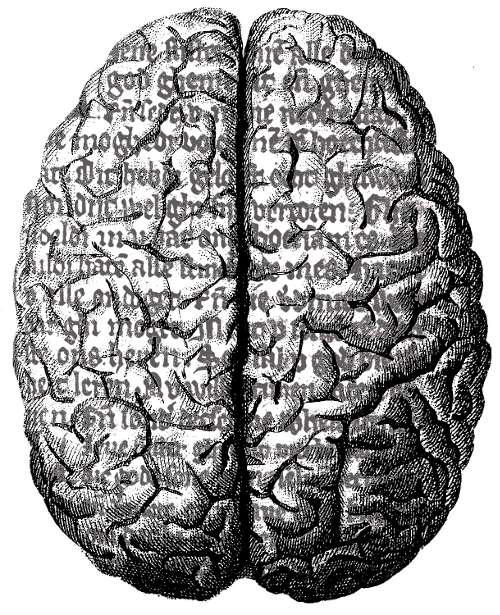Words watched on way through brain
 Researchers have mapped words as they move through the brain, to build a high-tech semantic atlas.
Researchers have mapped words as they move through the brain, to build a high-tech semantic atlas.
The team from the University of California used functional MRI scans to analyse the brain responses of seven people listening to stories over two hours.
They watched the information as it spread across the brain, passing through more than 100 distinct areas in both hemispheres.
The activity patterns were consistent between participants, and the authors say this may actually be due to the common life experiences of participants, and the fact they were all raised and educated in Western industrial societies.
The detailed atlas of how the meaning of language is represented in the human brain could provide new insights into the neurobiological basis of speech and communications.
It has been proposed that semantic information (information about the meaning of language) is represented in a set of brain regions known as the semantic system, but the finer details about this network were largely unknown.
The team monitored the participants’ brain responses during the spoken narrative stories.
The stories contained diverse semantic domains — groups of closely related concepts, such as ‘food’, ‘tools’ or ‘living things’. The seven participants listened to over two hours of stories while an algorithm that analyses the common features of individual maps generated a semantic atlas.
The results suggest that the semantic system is distributed across over 100 distinct areas in both hemispheres of the cortex, and their intricate patterns are consistent across individuals.
A video explaining the project can be seen below, while the research papers are accessible here.








 Print
Print